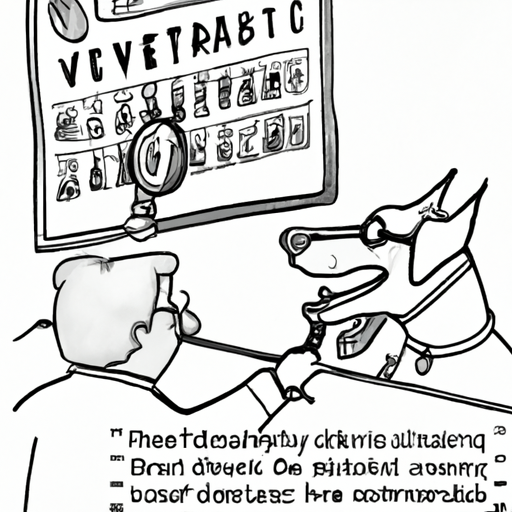As a dog owner, you may often find yourself wondering about your furry friend’s age, especially if they were a rescue or a strayed pet. Their age can play a significant role in their overall health and how you care for them. Knowing your dog’s age is not always a walk in the park – it requires keen observation and understanding of various physical and behavioral indicators. This article aims to guide you through the process of determining your dog’s age in a comprehensive and easily digestible manner.
- Table of Contents
- Physical Indicators of a Dog’s Age
- Behavioral Indicators of a Dog’s Age
- How to Tell a Puppy’s Age
- Age Calculations for Different Breeds
- Visiting a Vet for Age Determination
-
Frequently Asked Questions
-
Key Takeaways
- Understanding your dog’s age can help in providing appropriate care.
- Teeth, eyes, and fur can be significant physical indicators of a dog’s age.
- Behavioral changes can also hint at your dog’s age.
- The breed of your dog can affect their aging process.
- A vet’s professional opinion is an invaluable resource in determining your dog’s age.
Physical Indicators of a Dog’s Age
Teeth
A dog’s teeth can be an excellent indicator of their age. Puppies will have their full set of baby teeth by around eight weeks, and these will be replaced by adult teeth by the time they’re about seven months old. Teeth wear down and accumulate tartar over time, which can give you an idea of how old your dog might be. However, this method is not always reliable as the condition of a dog’s teeth can greatly depend on their diet and oral care routine.
Eyes and Fur
As dogs age, their eyes may become cloudy or hazy. This is a condition known as nuclear sclerosis and typically occurs in dogs over the age of six. Additionally, your dog’s coat can also give you clues about their age. Puppies have soft, thin coats, while adult dogs have thicker, denser fur. Older dogs may have gray or white hair, particularly around the snout.
Behavioral Indicators of a Dog’s Age
Behavioral changes in your dog can also hint at their age. Younger dogs are usually more energetic and playful, while older dogs might be more sedentary. You might also notice changes in your dog’s sleep patterns, with older dogs typically sleeping more than their younger counterparts. However, these indicators can vary significantly from dog to dog and may be influenced by factors other than age, such as health and environment.
How to Tell a Puppy’s Age
Estimating a puppy’s age can be a bit more straightforward. They reach different developmental milestones at certain ages, which can be quite reliable indicators. A puppy growth chart can be a handy tool in this situation.
For instance, by the time a puppy is one week old, their eyes and ears are closed but they will start to open after about 10 days. By three weeks, most puppies begin to walk, and by six weeks, they will have a full set of baby teeth.
Age Calculations for Different Breeds
It’s important to note that different breeds age at different rates. Small dog breeds tend to live longer than large breeds, and thus age more slowly. A breed-specific dog age calculator can offer a more accurate estimate of your dog’s age in this case.
Visiting a Vet for Age Determination
Despite your best efforts, the most accurate way to determine your dog’s age is to consult with a veterinarian. They can perform a comprehensive examination, considering factors such as bone density, joint flexibility, and overall health. They may also use blood tests and other diagnostics to estimate your dog’s age more accurately.
Frequently Asked Questions
- How accurate is the teeth method for determining a dog’s age?
-
The teeth method can provide a rough estimate of a dog’s age, but it is not always accurate. Factors such as diet and dental care can significantly affect a dog’s oral health.
-
Does my dog’s behavior reliably indicate their age?
-
While changes in behavior can indicate that a dog is aging, they are not a reliable way to determine a dog’s exact age. Many factors, including health and environment, can affect a dog’s behavior.
-
Can I determine my dog’s age if they are a mixed breed?
- Mixed breeds can be particularly challenging to age, but a vet can offer the most accurate estimate.
In conclusion, while there are various ways to estimate your dog’s age, none are foolproof. But with close observation, a little research, and input from a trusted vet, you can get a good idea of your pet’s age. This can help you give them the care they need to live a long, happy, and healthy life. For more information and resources on understanding your dog better, visit onetopdog.com.



